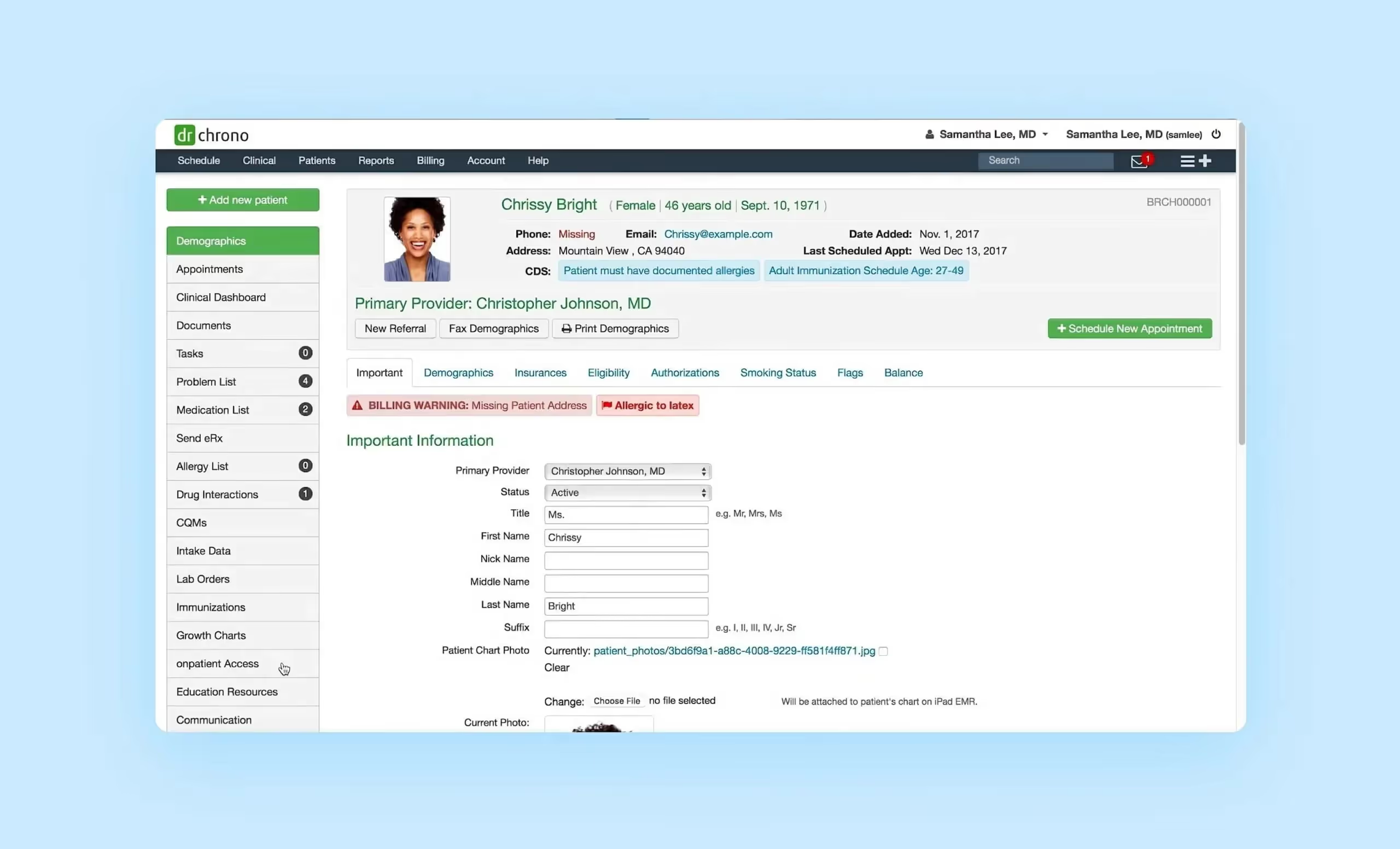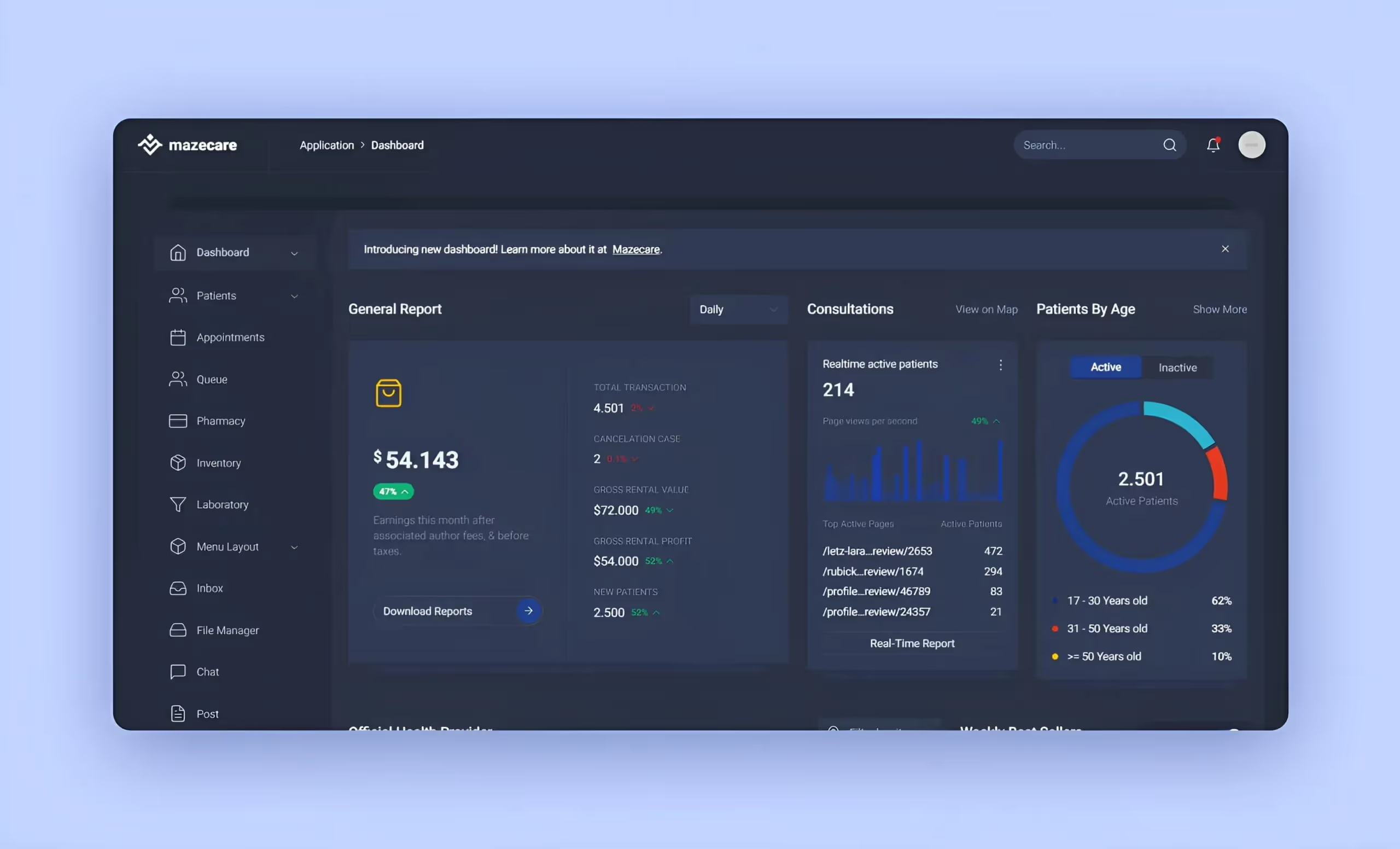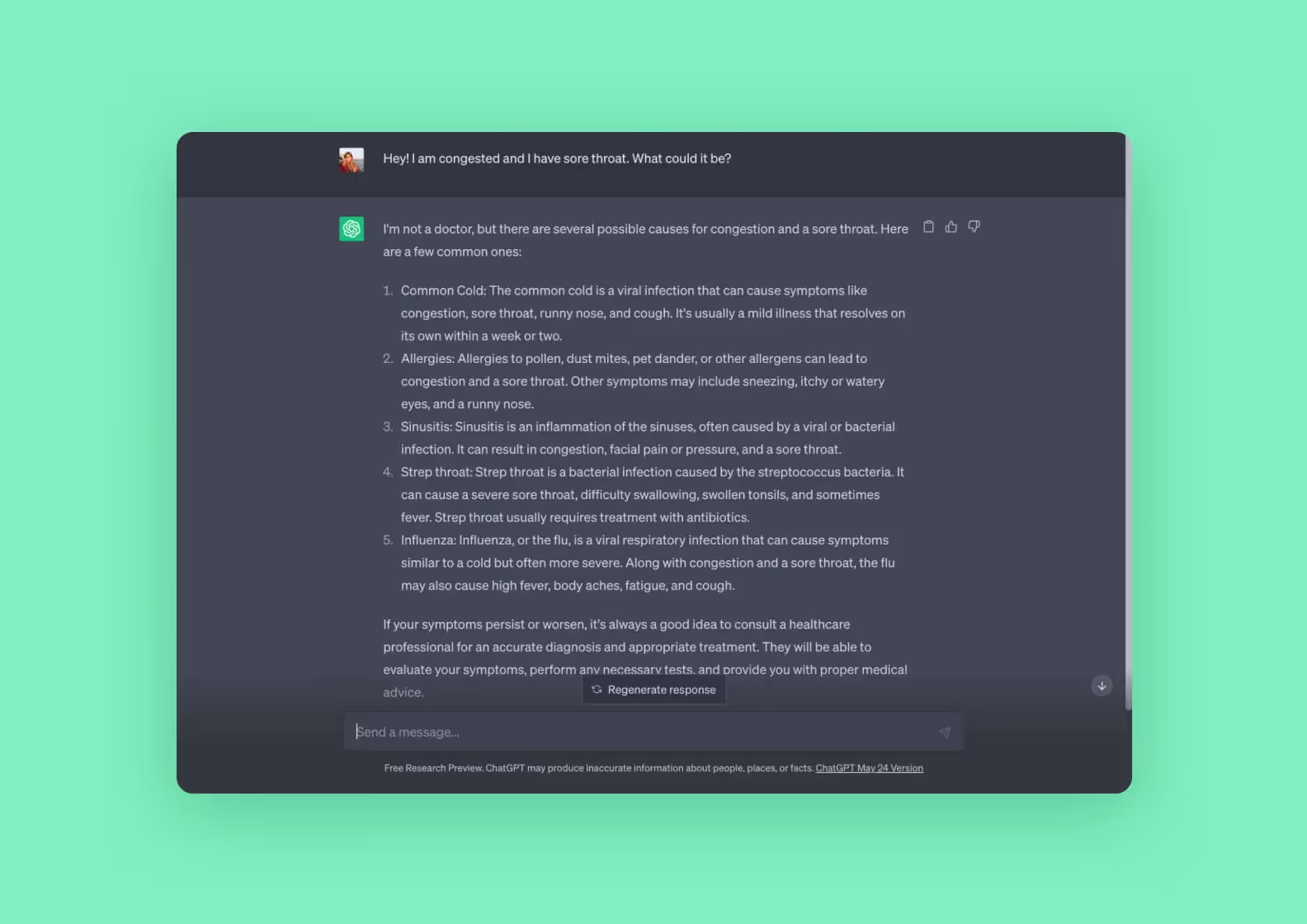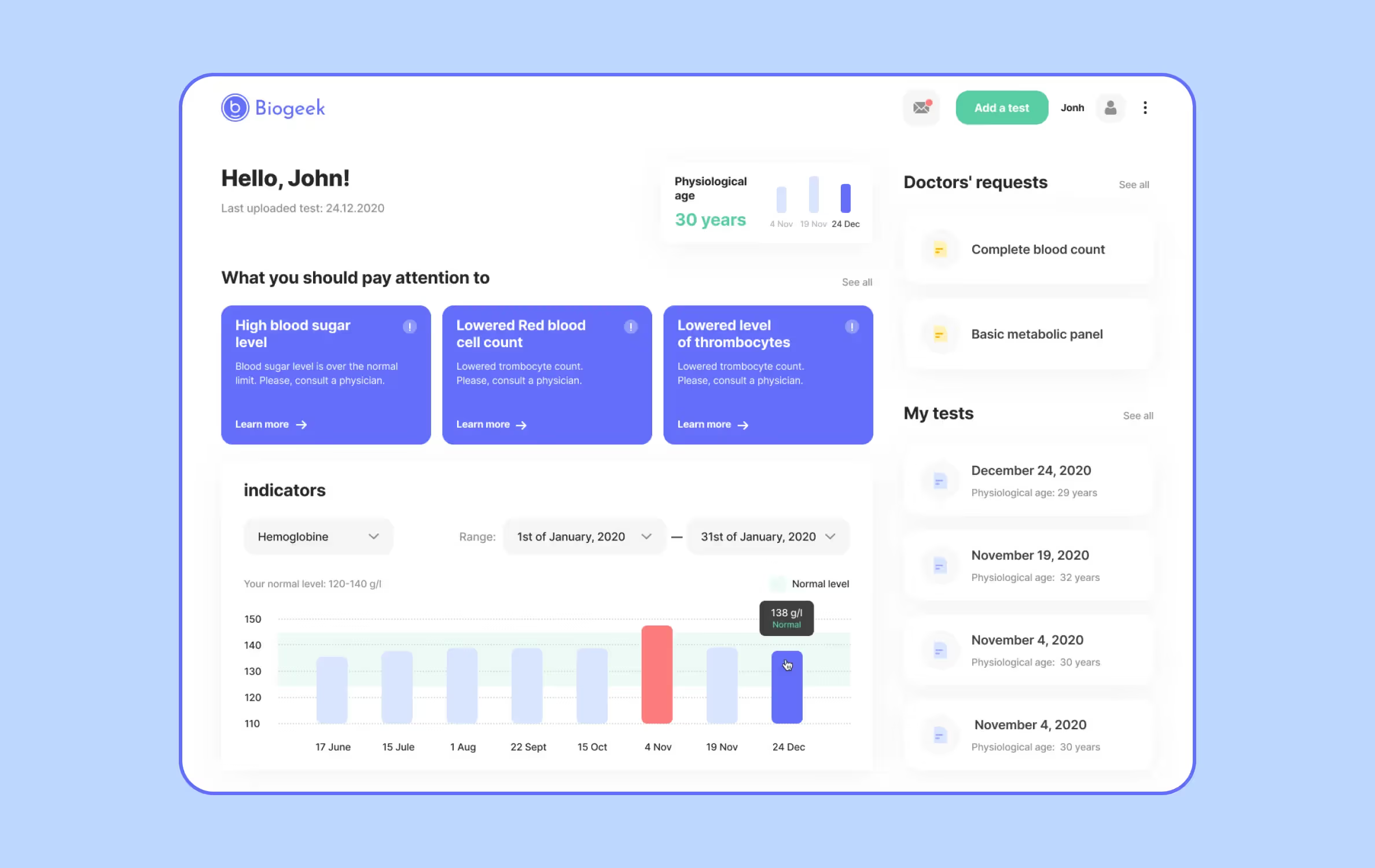


We live in the world being reshaped by digital innovation , but one niche stands resistant to new technologies — healthcare. The tide is shifting as the demand for user-friendly and accessible medical software grows, more and more game-changing solutions enter the health and medicine market. They play an essential role in creating a positive patient experience, advancing research and diagnostics, and optimizing the hospital’s resources.
In this article, we dive into the world of medical software development, uncovering key technology trends, some of the main challenges, and costs. Let's go!
.avif)
When we say “develop medical software”, we refer to planning, designing, and developing digital platforms tailored specifically for the healthcare field.
The main goal of these platforms is to improve patient experience, streamline workflows, and support medical research. For instance, digital products can help users keep track of the symptoms when they occur and report them to a doctor remotely, without the need to visit a hospital.
Some sought-after examples of medical software include AthenaHealth, DrChrono, NextGen, WebPT, and many others
Let’s talk about types of healthcare software in more detail.
There are many types of medical software on the market, but let’s focus on the 5 most popular and lucrative ideas.
On telehealth apps, patients can consult with doctors remotely. Enabling patients to get treatment more quickly. From asking questions about diagnoses and receiving prescriptions, to assessing effectiveness of treatment from the comfort of their homes — these apps can do it all. Telemedicine gained a lot of traction during the pandemic, when patients were unable to come to hospitals due to health risks.
Telehealth apps use features, such as video calls or messaging, to make virtual visits smoother. Examples of popular telehealth apps include Doctor On Demand, Amwell, and Teladoc.

EHR digital systems store and manage patients’ health-related information. They replace piles of medical papers and help doctors and insurance representatives to access and share patient data securely and efficiently. Common examples of EHR portals include DrChrono, WebMT, and Allscripts.

Giving patients direct access to their personal health information, Patient Portals allow patients to view their medical records, request prescription refills, schedule appointments, communicate with hospital administrators and receive lab results. Well-known patient portals are MyChart, FollowMyHealth, and AthenaHealth patient portal.

Doctors utilize data analytics platforms to examine and interpret medical data. Due to the high volume of data, the interfaces usually include user-friendly customized dashboards, filters, advanced algorithms, real-time monitoring, and data quality management tools.
In the healthcare industry, data analytics play a crucial role in transforming raw data into clear and useful information, to drive decision-making and improve patient care. Doctors can quickly identify trends and common patterns, optimize treatments, and implement evidence-based practices. Some examples of healthcare data analytics include Tableau, SAS Analytics, and IBM Watson Health Insights.

These software systems help hospitals keep track of administrative and operational tasks, acting as a centralized solution for managing everyone in the chain : a doctor, a patient, an administrator etc. These tools help schedule an appointment, send a reminder, track necessary medical records or test results, and, most importantly, sync and transfer information within different wards and units.
If you don’t manage a hospital, you probably won’t know any examples in this category. Some popular tools include Mazecare, EpicCare, Cerner Millennium, and Meditech Expanse.

Mazecare provides a 360 view of the main information you need to manage your hospital
Now is a golden time to develop custom healthcare software of any type.
Right now it is a race for healthcare providers to develop their own custom healthcare software, as telehealth apps have skyrocketed since the global pandemic, from 11% of Americans using online medicine in 2019 to 46 percent of consumers now.
The global medtech market was valued at $167.7 billion in 2022 and is projected to show growth of 17.9% over the next 7 years.
Investments in digital health are at a record high and in 2022 alone, saw over $23.3 billion pouring into the sector, the second-highest annual figure overall.
To develop comprehensive medical software and generate investments, it’s essential to take note of the recent trends and prepare for the future.
Here is a short overview of technologies that will be trending in the healthcare industry in the upcoming years.
AI is seeing adoption in all industries, the medical field included. Health chatbots powered by AI can provide virtual assistance to patients. For instance; using LLMs to provide preliminary (and very basic) medical advice, assess symptoms, and ultimately reduce the burden on doctors and other healthcare providers.

IoT stands for Internet of Things, and refers to a network of devices that exchange data via the Internet. Imagine a smart home, where you can close blinds, adjust the temperature or turn on a kettle on your phone.That is what IoT is, the network of all your appliances linked together and communicating with each other.
In the medical industry, IoT technology can connect medical devices worn by patients and send real-time data to a doctor’s dashboard. Even now we’re seeing Apple and Samsung integrating health warning systems for elderly smartwatch users based on heart rate monitors, which can call emergency services in case of abnormal data or lack of response to prompts.
The demand for telehealth solutions will keep growing. The pandemic changed our lives forever, including the way we receive medical services. Instead of driving to a doctor’s office and waiting in line, now patients can schedule an appointment online, show up on video callvideo call on time and be in the comfort of their own homes. Who would prefer the old way?
The medical field is highly regulated, and can be slow or resistant to changes. That’s why development in healthcare can face many challenges, including:
Regulatory compliance ( HIPAA, GDPR, and other local laws).
The development process for the healthcare industry can be broken down into 8 key stages.
At this initial phase, startup founders generate, evaluate and refine ideas/concepts for the app. It involves brainstorming, identifying the target audience, and outlining the overall vision and goals of the app. Here you don’t need a technical partner yet.
That is the stage at which you start collaborating with a development team to plan your custom healthcare software. We help you define the scope of the project, create a timeline and identify what team resources will be needed.
You will share references and ideas with the team, and then the designers will get to work. We will suggest several mock-ups and once the design is approved, we refine the details and create a comprehensive UI kit with branded elements and typography.
At this stage, we focus on key features, functionalities, and user interface. Firstly, ensuring it meets the needs of healthcare professionals and adheres to relevant regulations and standards. If you choose to start with MVP, a minimum viable product, we will focus on essential elements, so that you can test your idea on real-world customers.
Alongside the development stage, we will identify laws that apply to your product and consider all of the requirements when working on your medical software. We have experience of working with HIPAA and GDPR and can guide you through the necessary steps and certifications.
Before deploying the code, we run our tests to resolve any bugs/issues before the launch. Our team usually does it as we code, to save time and, ultimately, reduce your costs.
The team will implement the developed software into the live environment, making it available for end-users, like healthcare professionals or patients. Our goal is to ensure smooth installation, configuration, and integration of the software within the existing healthcare infrastructure.
If you want your software to stay relevant and compliant with the ever-changing healthcare standards and protocols, it is essential to regularly maintain the systems after release. This can be done with the initial team which developed the product, or you can bring in an in-house developer to work on the software.
This is a key part that most businesses want to know. How much does healthcare software development cost?
The exact project budget varies, depending on your specifications, type of software, required stack, and number of hours needed. We can provide an exact range for custom software development after a consultation.
To give you an indication of what you can expect the budget to be, let’s break down development costs for an average telehealth app for online therapy sessions.
🚨Disclaimer: These are our estimations and we don’t guarantee other companies have the same costs or timelines. The following is valid only if you work with us.
Overall, the development of healthcare software on average would cost around $86 500 and will take approximately 6 months.
Purrweb is a team of skilled tech specialists with deep domain expertise in the healthcare and medical field. We help our clients to develop an MVP, a minimum viable product, to validate the idea and test the demand on a market.
Our team developed Biogeek, a web application with mobile adaptation. The main objective of the platform is to help users keep all their laboratory tests in one place and monitor personal health. One of the main challenges was the need to be flexible and scalable, as the client was starting locally and expanding into US and European markets later, so there was a need to consider trends, regulations, and optimization plans for the end goal, from the very beginning.

If you are searching for a software development company for your project, look no further.
Need help with starting off your software idea? Get in touch to receive a <a class="blog-modal_opener">free consultation</a> with our team